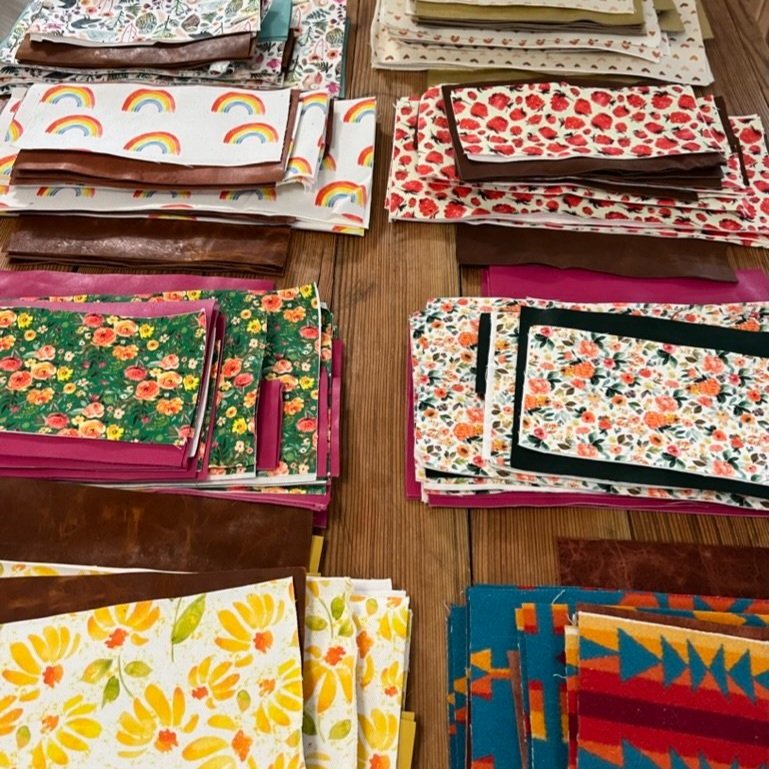reducing manufacturing waste with handmade purses
Handmade is a small way to make a big change. This is especially true when it comes to manufacturing waste involving textiles.
More Hands. More Heart. Less Waste.
When I hit up Goodwill it makes me sad because I know what has made it to a resell location is just a fraction of what was thrown away in the garbage. Equally concerning is all of those cheaply manufactured items had mass amounts of unused material that was thrown into a landfill when the production run was over. How is small business, handmade manufacturing different?
When purchasing new wool or eco-friendly canvas I’ll buy 1-3 yards of the patterns I need. It isn’t hundreds of yards. Most importantly, I pay extra special attention to the scale of the pattern. Why?
The high quality Pendleton wool and eco-friendly canvas carry a really high price point per yard. I’m going to avoid literally throwing money away by trying to eliminate as much waste as possible. Smaller scaled patterns make more purses.
Work from the largest to smallest pattern pieces. I start by cutting out the largest pattern pieces first like the Crossbody, Backpack, Bitsy and Wristlet. At this point the pieces are getting pretty small. I see what can be salvaged for Carry All and Card Pouches. Lastly, Mom will make potholders, coasters and wrist keychains with the fabric that is too small to make a purse. What is left is truly the scrap that I offer free to fellow crafters, often fabric jewelers.
When the manufacturing is being personally done with your two hands, potential problems are easier to quickly navigate like a piece incorrectly cut or realizing the scale of the fabric pattern is creating inefficient use of the material. If I make a bad cut on a backpack front, can now make 3-4 Carry All pouches with that material instead of being thrown away.
So how much waste is usually produced after cutting down all those leather hides and fabric yardage?
One brown paper grocery bag of scrap.
That is on a batch of 48 purses and accessories. That includes raw canvas for liners, leather for the exterior bottom and wool or eco-friendly canvas for the top.
Handmade is slow manufacturing.
Handmade is slow fashion.
Handmade is mindful reduction of manufacturing waste.
Handmade is better for your community when you share your excess supplies.
Handmade is better for Mother Earth when you take responsibility of what you bring into your studio and where your unusable pieces end up.
Handmade is caring through every step of the way from purchasing supplies to how you distribute your finished product to your community.
More Hands. More Heart. Less Waste.
Handmade is a small way to make a big change to your community. I also love second hand as an option to reduce textile waste. If you ever want to be involved in the process, I am happy to bring you in to show you how it’s done.
Love-Jessie








